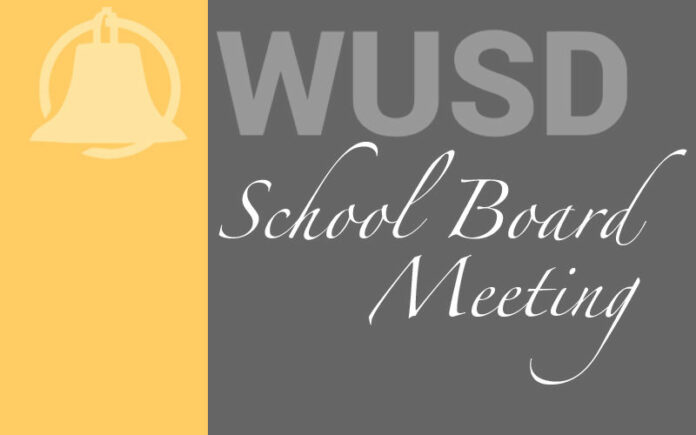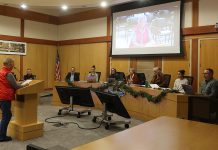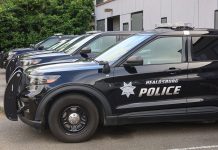Reopening for the 2020-21 school year
Superintendent Brandon Krueger presented the board with the latest updates on the future of school reopening in the wake of COVID-19. This school board meeting took place concurrent with the state releasing its guidelines, but before the Sonoma County Office of Education did.
Krueger showed the trustees a health and safety checklist, which was based on orders issued by local and state public health officials. It included local conditions; plans to address positive COVID-19 cases of community surges; injury and illness prevention programs; managing campus access (staff and visitors); maintaining hygiene; provision of protective equipment; management of physical distancing, both in facilities and in district vehicles like buses; cleaning and disinfecting of facilities; employee issues (training and accommodations); and how best to facilitate communication with students, parents/guardians, employees, public health officials and the community.
Since schools can return to normal, face-to-face learning models, the district must consider that if they enter the school year in phase 3 of reopening, they will have to provide some kind of blended model of instruction, including, potentially, two-day rotation blend, A/B blended learning or staggered schedules. These will all include the continuation of distance learning.
“One of the models being talked about is if kids are on a hybrid plan, two days at school and two doing online learning, then teachers could be at school four days a week and the fifth day could be planning day,” said Lisa Saxon, director of curriculum and instruction. “We also did run an experiment in one classroom at the middle school and looked at moving desks in such a way that students and teachers are six feet apart and we were able to determine we could put 17 bodies in a classroom and we could maintain social distancing. We have 24 to one in elementary, so split in half that would be 12 plus the teacher, so we could pull that off at elementary level as well.”
Since a survey revealed that 19% of Windsor families are disinclined to allow their children to return until things have returned to normal operations, distance learning may also need to be used to accommodate those families. In addition, the district must be prepared to return to distance learning should a spike in cases lead to a return to phase 2 or require the closing of a school, classroom or district.
There is also the potential need for accommodations for teachers who may be in high risk groups or who otherwise feel uncomfortable returning to the classroom at this point in time. A survey taken of teachers revealed 13% would potentially need accommodation for their health in the fall. It was suggested that teachers who needed to stay home could run distance learning for those students who also stayed home.
Krueger outlined that the next steps in moving forward include the formation of a committee that includes a variety of stakeholders to assess all of the various options for school reopening and instruction, determine the resources required to implement those plans (both human and financial) and then communicate with the community at large.
“One of first next steps is forming a committee or subcommittee,” he said. “The vision is the committee that builds practices of how stakeholders can work together to make these changes work. The message though is to remember that things are going to change along the way, and we’ll make adjustments along the way.”
Property purchase strategies
The board received a presentation from Lori Raineri and Matt Kolker from Government Financial Strategies on unique opportunities available to school districts connected to the purchase of real property. The idea is that some of these strategies will allow them to be a competitive buyer for any property purchase. Among the strategies discussed are a 1033 exchange, reinvestment in municipal bonds and a charitable donation, all of which can reduce the capital gains tax on a seller.
“Usually we have to talk to the seller’s tax accountant rather than seller,” said Raineri. “The seller often just wants cash until they understand what might be beneficial. We don’t want to give them tax advice, but think about it this way; if you were going to buy a $5 million property and get a federal subsidy for 9%, you’d say do it.”
Village Charter School
Village Charter School Director Rebecca Ivanof joined the meeting to renew the school’s charter with the district.
Charter renewal must take into account any changed laws since the previous renewal and take into consideration increases in pupil academic achievement for all groups of pupils served by the charter school as the most important factor in determining whether to grant a charter renewal.
While Village Charter is part of the WUSD, it is physically located within the boundaries of the Piner-Olivet school district. A new law went into effect on Jan. 1 prohibiting such an arrangement unless both districts provide approval, which has been granted.
This was a discussion item only, and an opportunity for district administration and the Village Charter School Director to receive feedback. The document will be brought back for approval during the next meeting.









